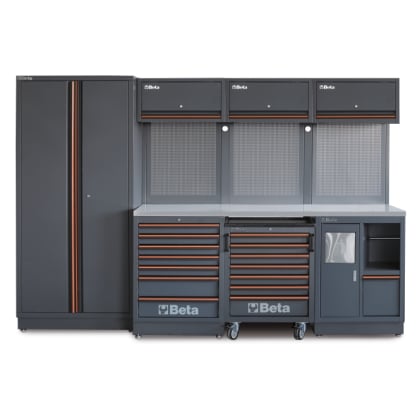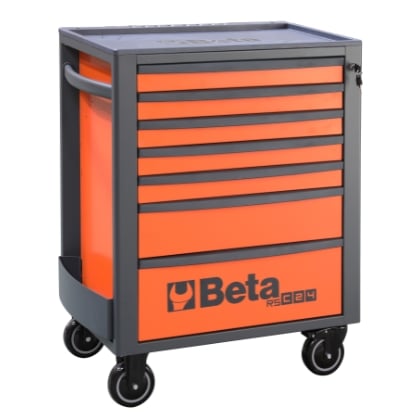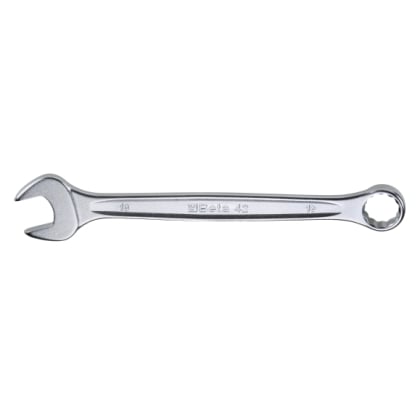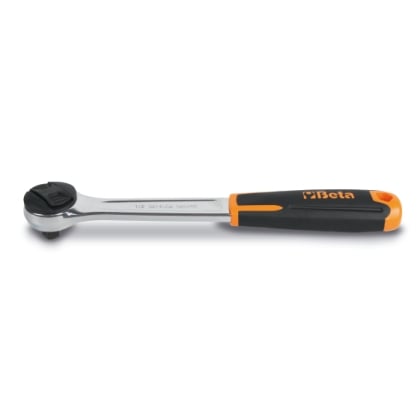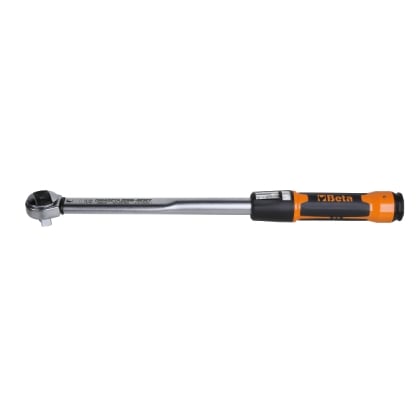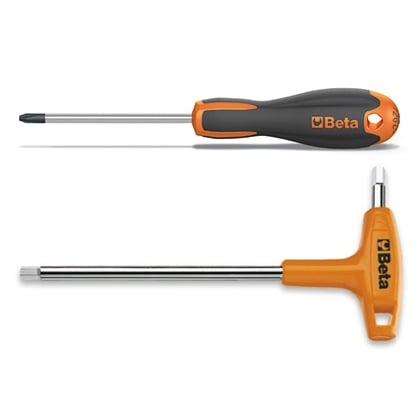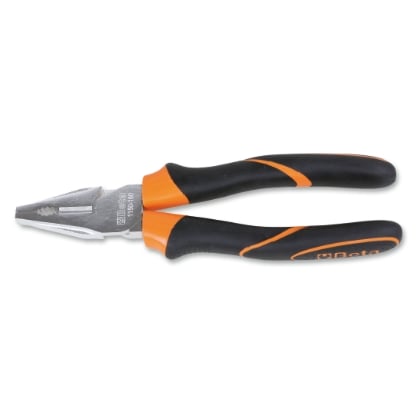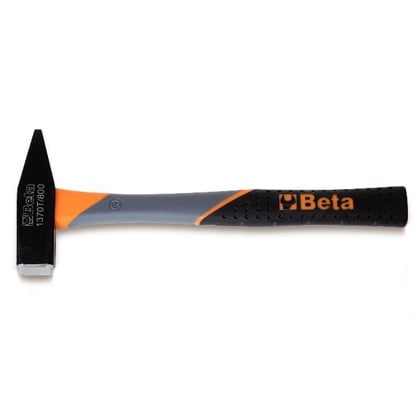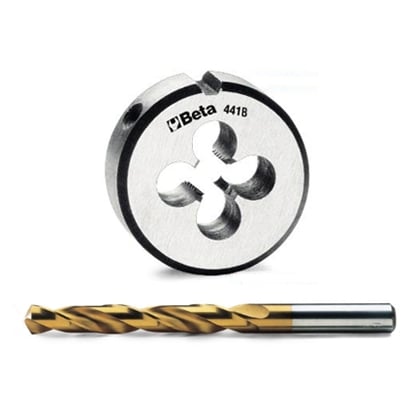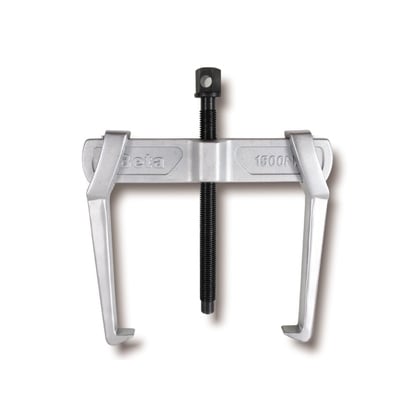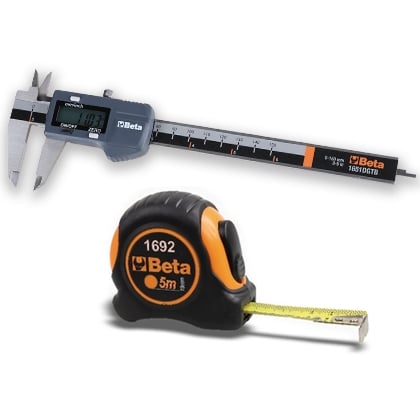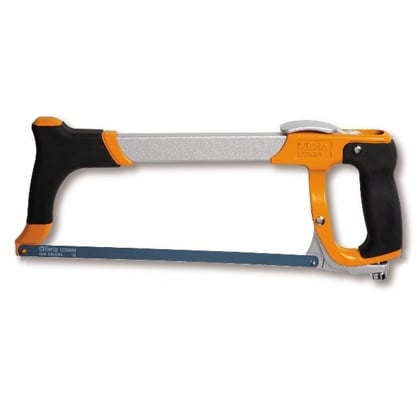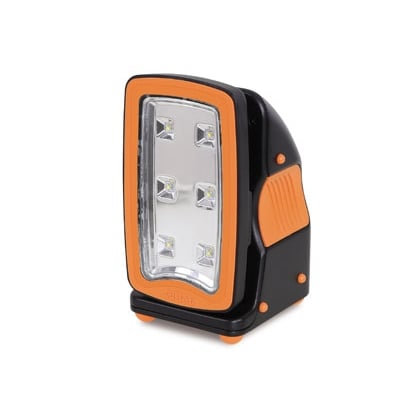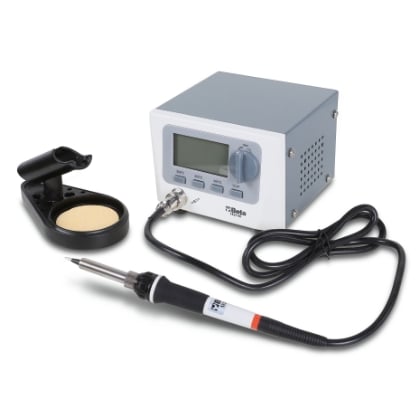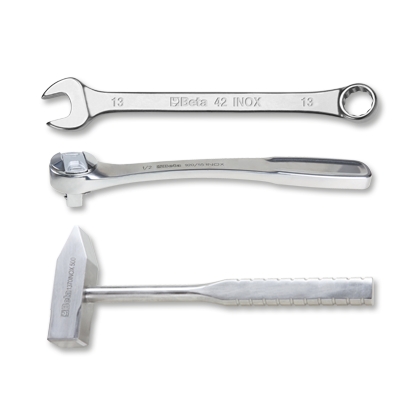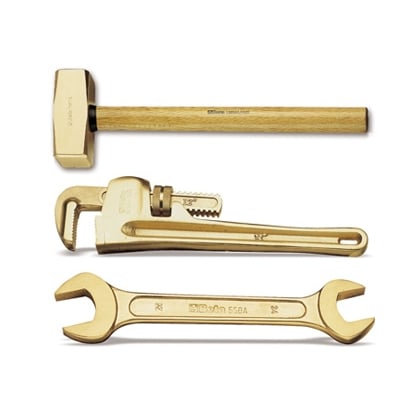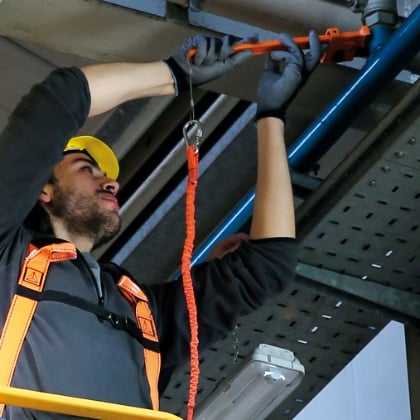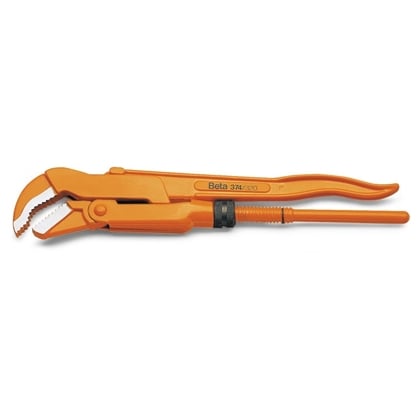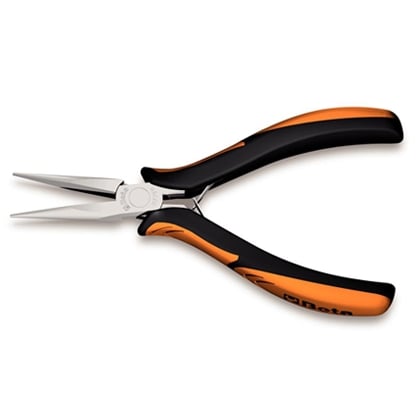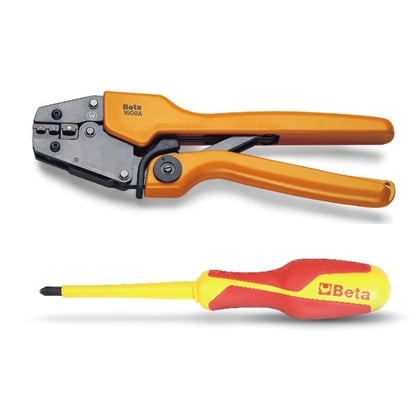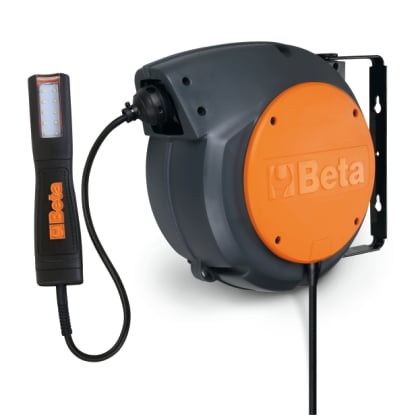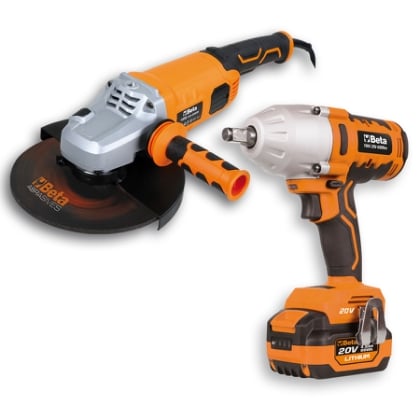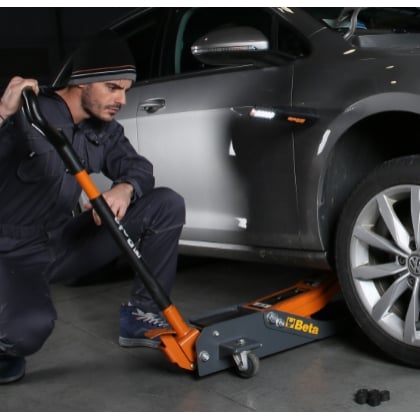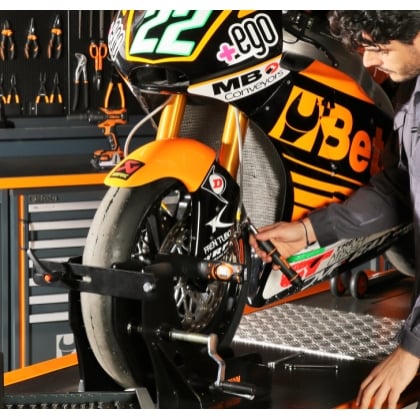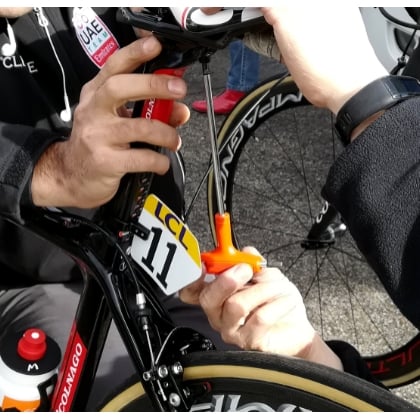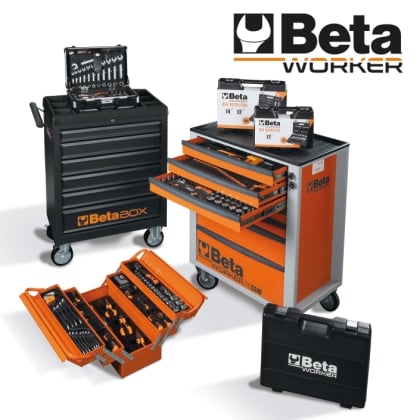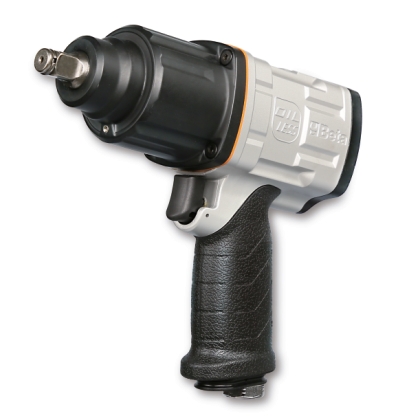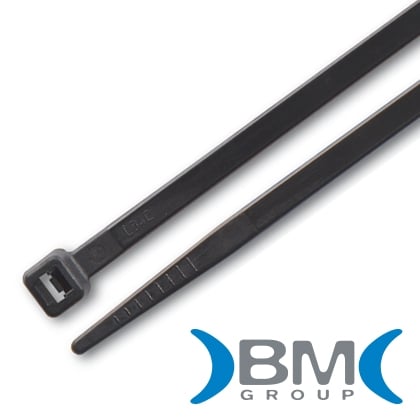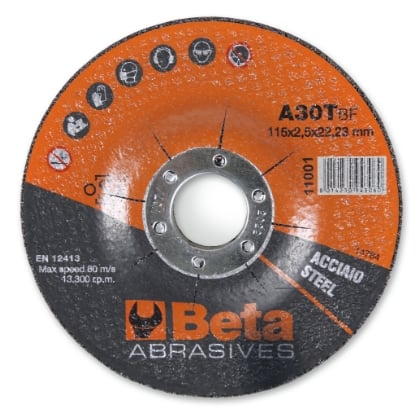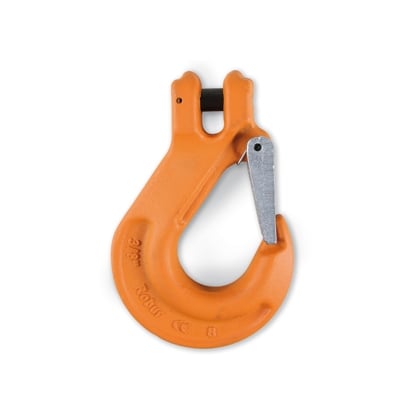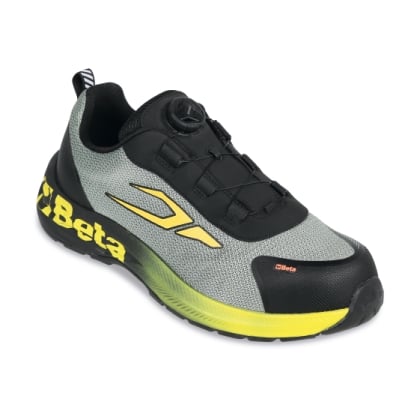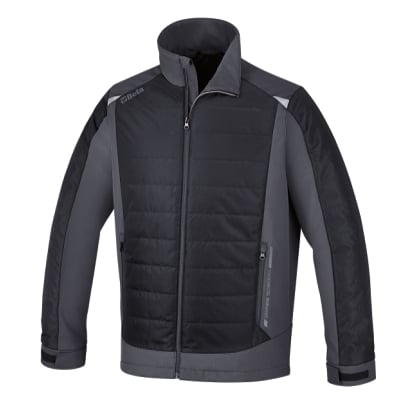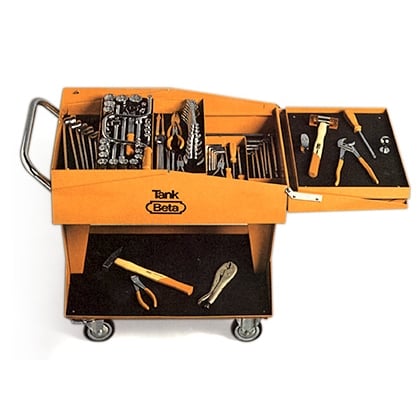Standards and classe of safety shoes
Safety footwear must meet basic requirements regulated by certain standards, designed to guarantee worker safety.
European standards and meanings
- EN ISO 20344:2011 specifies the test methods for footwear designed as PPE.
- EN ISO 20345:2011 specifies basic and additional (optional) requirements for Safety Footwear for general purpose. Footwear according to this standard is marked «S» (Safety), with toe caps resistant to an impact of 200 Joules.
- EN ISO 20346:2014 specifies basic and additional (optional) requirements for Protective Footwear. Footwear according to this standard is marked «P» (Protective), with toe caps resistant to an impact of 100 Joules.
- EN ISO 20347:2012 specifies basic and additional (optional) requirements for occupational footwear that is not exposed to any mechanical risks (impact or compression). Footwear according to this standard is marked «O» (Occupational). It shares quite the same characteristics as the above footwear, although neither toe caps nor penetration-proof insoles are required.
Minimum safety requirements
The basic requirements that occupational footwear must meet are classified as follows:
- Toe cap resistant to an impact of 200 Joules
- Outsole slip resistance (SRA and/or SRB)
- Minimum upper height
- One additional footwear requirement
Basic requirements plus:
- Closed seat region
- Antistatic properties (A)
- Energy absorption of seat region (E)
Basic requirements plus:
- Water penetration and water absorption resistant upper (WRU)
S2 requirements plus:
- Penetration resistance (P)
- Cleated outsole
SB requirements plus:
- Antistatic properties (A)
- Energy absorption of seat region (E)
S4 requirements plus:
- Penetration resistance (P)
- Cleated outsole
In addition to the minimum requirements, different models of occupational footwear may have additional features as can be seen from the table below, which brings together the basic and additional requirements.
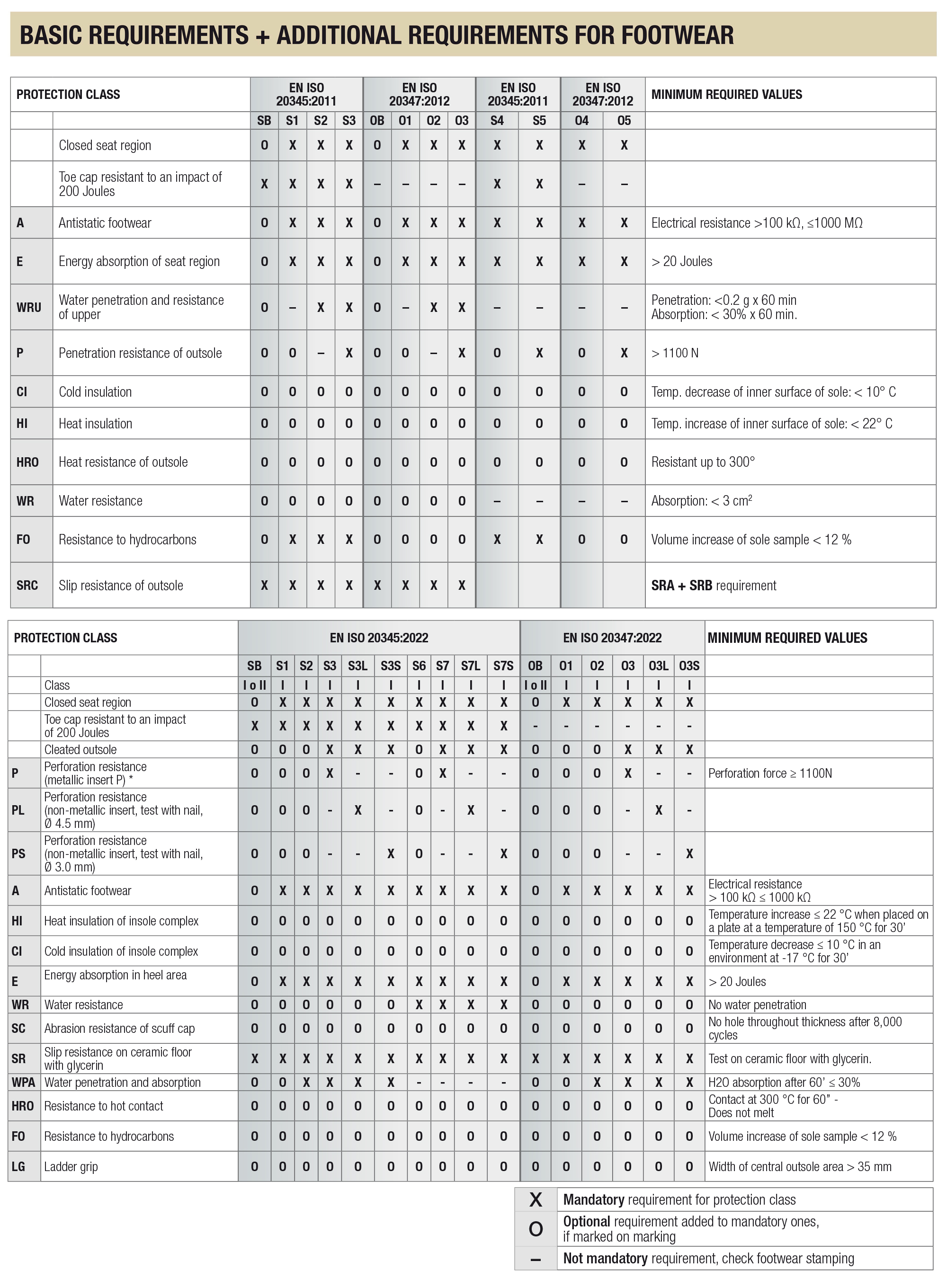
Beta safety footwear responds to the various requirements of use that vary according to the work sector (plumbing, electrical, mechanical, agricultural, etc). In order to be sure of choosing the right footwear, you can consult the list that brings together the complete range and the requirements of each individual model.
N.B. The certificates of the footwear certified in accordance with old standards will be effective until the expiration thereof.
 Beta BENELUX
Beta BENELUX Beta BRASIL
Beta BRASIL BetaCHINA
BetaCHINA Beta FRANCE
Beta FRANCE Beta HUNGARY
Beta HUNGARY Beta IBERIA
Beta IBERIA Beta POLSKA
Beta POLSKA Beta UK
Beta UK



